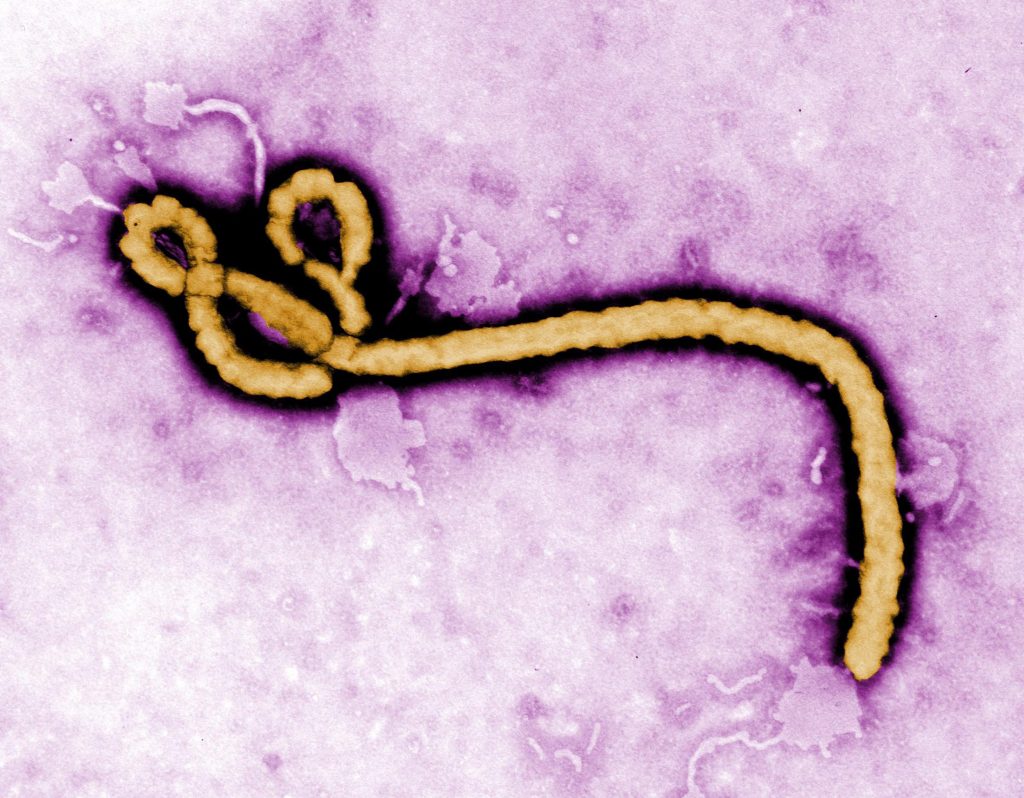The university’s campus and hospital are both prepared for a future Ebola virus crisis.
Since the outbreak in West Africa, departments at the federal level, state level, county level and public institutions have issued caution on what to do in a state of emergency, how to determine an infection and who are most susceptible to infection. The U.S. Center for Disease Prevention and Control began publicizing the outbreak in West Africa on July 28, according to the CDC’s website. Stony Brook University Hospital, already ahead of the trend, began preparing for a crisis in August, according to Leo DeBobes, the Director of Emergency Management at the hospital.
“We are far more prepared” than the average hospital in the United States, DeBobes said. He added that the facility is known as a “capable hospital of triaging and treating an Ebola patient.”
An internal medicine and emergency medicine doctor at Stony Brook University Hospital called the facility the “referral center” for Suffolk County. There are eight of these facilities throughout New York, and two of them are located on Long Island, according to DeBobes.
If a patient arrives at the emergency room and has symptoms consistent with the Ebola virus or has been to an infectious area recently, the patient is immediately escorted to one of the prepared and identified isolation rooms. These are special because they feature negative pressure, meaning “all contagions are sucked out of the room,” the doctor said.
There’s an entire unit dedicated to a potential Ebola crisis at the hospital and in having such aspirations toward being so prepared—in addition to education training in a crisis event—any possible case of the virus among Suffolk County’s 1.5 million people would be transported by Stony Brook University Medical Center Emergency Medical Services (EMS) paramedics to this hospital, according to DeBobes. Not only would a transport be instructed to be timely, according to a doctor briefed on the matter, but it will be in a careful, sufficient manner as well. There will be a strictly limited amount of persons handling the infected, geared up in biohazard attire and the ambulance used would be sanitized several times over.
As of Monday, Nov. 3, 247 hospital staff have been trained how to don and doff (put on and take off) personal protective equipment, according to DeBobes. “On and off, on and off, on and off,” he said. He added that the trained staff tally will reach 320 by Friday, Nov. 7, and 53 of the total number are EMS staff.
The university’s hospital claims to have the situation under control, and a member of the campus community, like any other person in Suffolk County, would be transported to the university hospital by EMS under the circumstance of showing symptoms that correlate with Ebola. In a greater effort to halt any spread, campus protocol was administered and has been relayed to the community by the university president, Dr. Samuel Stanley.
Other than common precautionary measures touched upon by any and every other university president, Centers for Disease Control and Prevention spokesperson or state governor, Dr. Stanley wrote in an email to the university’s entire community that “it is unlikely that a member of our campus community will contract EVD,” or Ebola Virus Disease. Despite this, there is still a slight possibility, he said. It would also be against administrative orders to not take this precaution.
The internal medicine doctor agreed with Dr. Stanley that the campus community is at low risk for contraction. “It is mostly healthcare workers [with the chance of] getting sick” because they are the only persons permitted to direct contact with an infected patient, he said.
In the case of an Ebola crisis in Suffolk County, any and all infected patients will be transported to Stony Brook University Hospital, which is more prepared than most U.S. hospitals, according to DeBobes. University’s campus administration has announced that the likelihood of a community member contracting the Ebola virus is low.



Comments are closed.